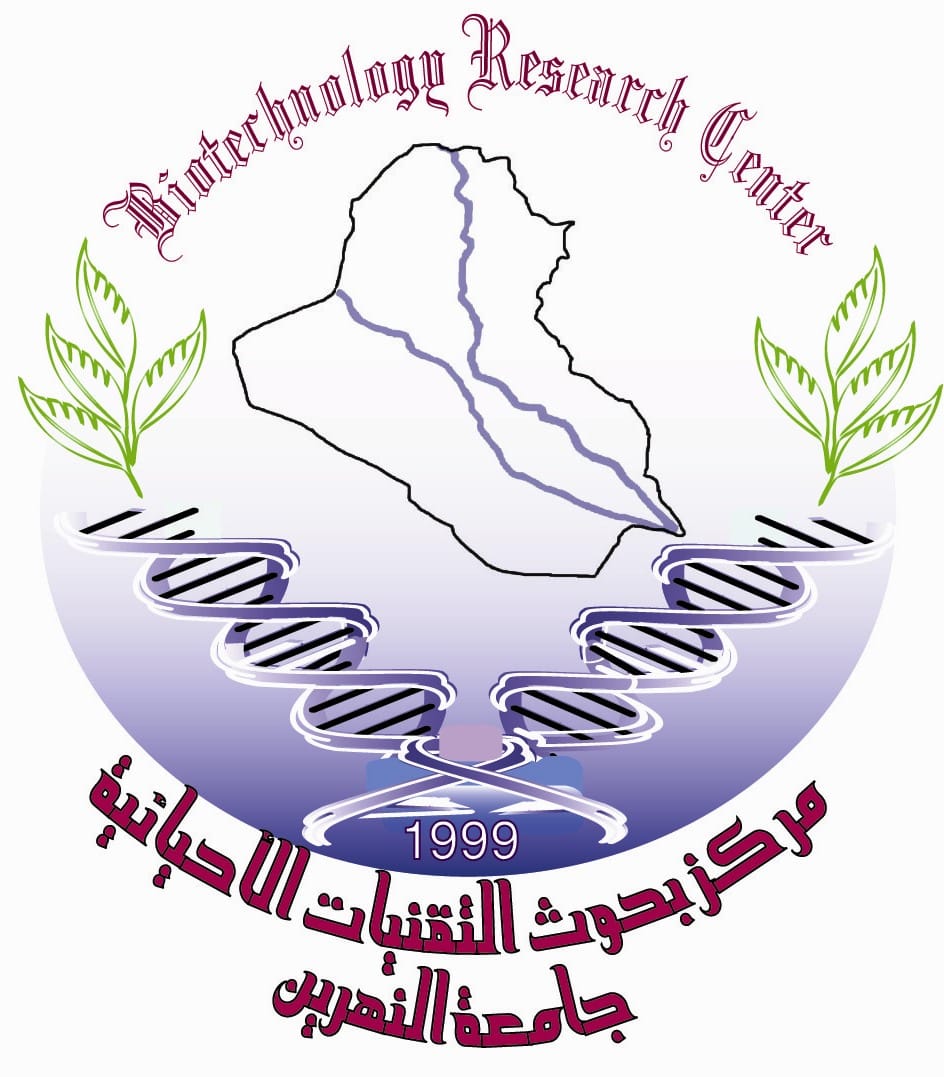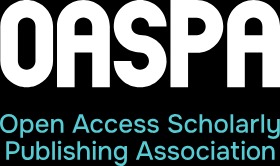Enhancement of anti-bactericidal and anti-biofilm activities of silver nanoparticles against multidrug-resistant enteric pathogens isolated from children with diarrhea
DOI:
https://doi.org/10.24126/jobrc.2022.16.2.669Keywords:
Enterobacteriaceae,, diarrheal children,, Kanamycin,, Silver nanoparticles.Abstract
Background: Gastroenteritis has a significant mortality and
morbidity incidence in children globally. Antimicrobial resistance in Enterobacteriaceae
is a serious public health problem, especially in developing countries.
Objective: The present study aimed to evaluate the anti-bacterial and anti-biofilm
activities of AgNPs alone and in combination with kanamycin against multidrug-
resistant Enterobacteriaceae and P. aeruginosa isolated from diarrheal children.
Materials and methods: 90 Enterobacteriaceae and P. aeruginosa isolates from
diarrheal children were evaluated against 10 antibiotics. Minimum inhibitory doses of
AgNPs and kanamycin were determined using broth microdilution, synergistic was
determined using Checkerboard dilution tests, and the Calgary technique was used to
analyze biofilm development.
Results: A total of 90 stool cultures were conducted for bacteria associated with
diarrhea among children attending some Baghdad hospitals. The findings revealed that
bacterial diarrhea was most often caused by E. coli 31 (34.5%), followed by S. typhi 19
(21.1%), K. pneumoniae 14 (15.5%), P. aeruginosa 11 (12.2%) and S. sonnei 6 (6.7%),
and significant variations between the strain's species were discovered using statistical
analysis (P < 0.05). The present study's findings revealed that bacteria isolated from
children with diarrhea were spread significantly in age groups of 37–48 months and
significantly different between age groups (P < 0.05), with a male/female ratio of
0.57/1. Imipenem and amikacin were the most active antibiotics compared to penicillin,
which was the least effective antibiotic. The combination of sublethal doses of AgNPs
with sub-MIC (½MIC) of kanamycin exhibited substantial synergistic bactericidal
effects against MDR-Enterobacteriaceae. AgNPs inhibited biofilm formation by
55%–65% for diarrhea-causing bacteria, while the combination of AgNPs with
kanamycin demonstrated the strongest biofilm inhibition of around 80%–90% against
MDR-Enterobacteriaceae with a highly significant variation (P < 0.05).
Conclusions: The outcomes of the research shows that the combination of AgNPs with
kanamycin has remarkable synergistic bactericidal and anti-biofilm effectiveness
against MDR-Enterobacteriaceae isolated from diarrheal children.
Downloads
Published
How to Cite
Issue
Section
License
Copyright (c) 2022 Issam J. Naser

This work is licensed under a Creative Commons Attribution 4.0 International License.
This is an Open Access article distributed under the terms of the creative commons Attribution (CC BY) 4.0 license which permits unrestricted use, distribution, and reproduction in any medium or format, and to alter, transform, or build upon the material, including for commercial use, providing the original author is credited.











